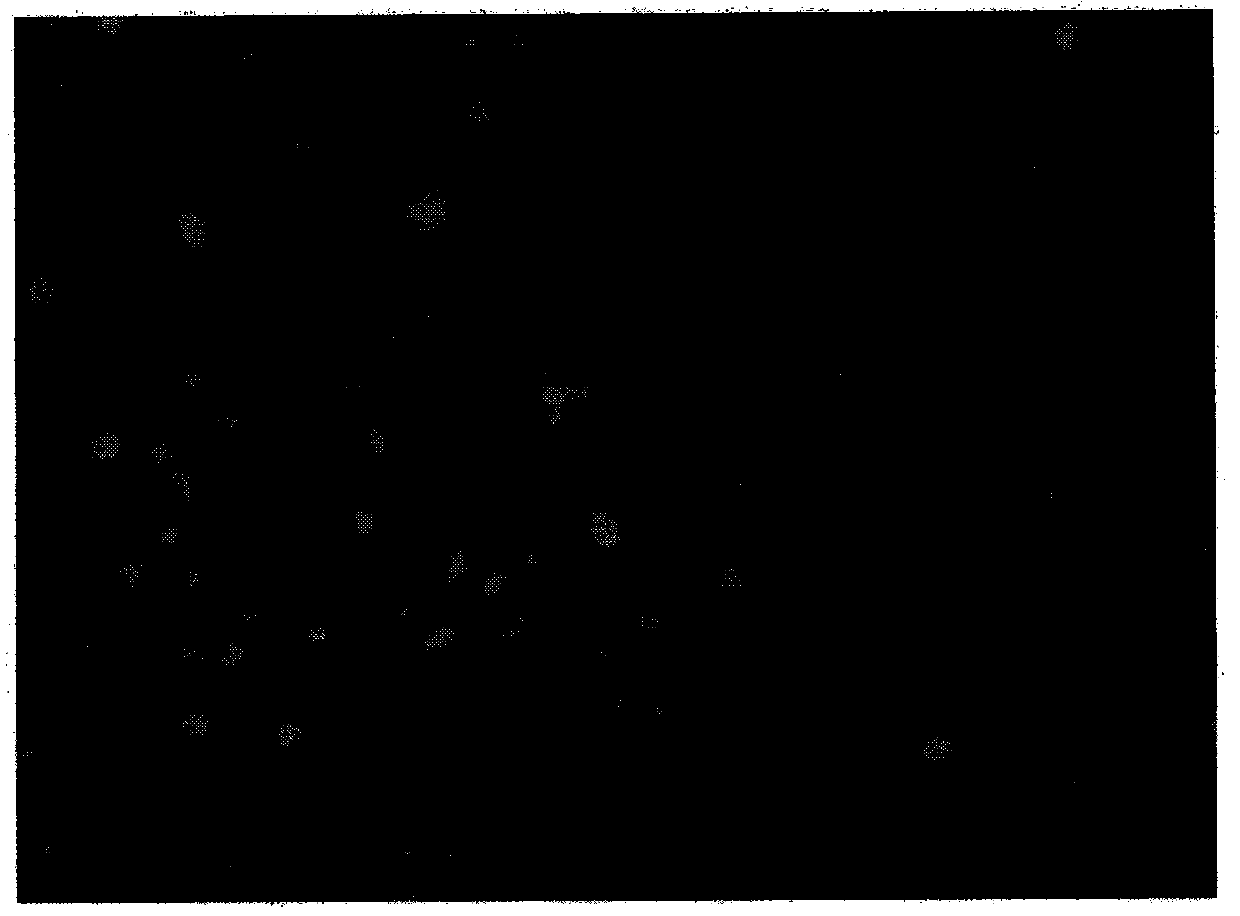Method for separating and culturing primary human esophageal epithelial cells
A technology of epithelial cells and culture methods, applied in the field of cell culture of modern biotechnology, can solve the problems of restricting research work, unstable methods, expensive reagents, etc., and achieve the effect of reliable cell resources, simple and easy-to-master technology, and easier preservation
- Summary
- Abstract
- Description
- Claims
- Application Information
AI Technical Summary
Problems solved by technology
Method used
Image
Examples
Embodiment Construction
[0028] The terms used in the present invention, unless otherwise specified, generally have the meanings commonly understood by those skilled in the art.
[0029] The present invention will be described in detail below in conjunction with the accompanying drawings and examples, and the protection content of the present invention is not limited to the following examples.
[0030] In the following examples, various procedures and methods not described in detail are conventional methods well known in the art.
[0031] The experimental instruments and reagents used in this experiment are as follows:
[0032] A set of surgical instruments, an inverted microscope (XDS-1A, Shanghai), a fluorescence microscope (Leica, the United States), a constant temperature incubator (Heraeus, the United States), a low-temperature centrifuge (TD24B-WS, Shanghai), an ultra-low temperature refrigerator (Zhongke Meiling ), pipette gun (Eppendorf, U.S.), electronic analytical balance (Sartorius, U.S.),...
PUM
 Login to View More
Login to View More Abstract
Description
Claims
Application Information
 Login to View More
Login to View More - R&D
- Intellectual Property
- Life Sciences
- Materials
- Tech Scout
- Unparalleled Data Quality
- Higher Quality Content
- 60% Fewer Hallucinations
Browse by: Latest US Patents, China's latest patents, Technical Efficacy Thesaurus, Application Domain, Technology Topic, Popular Technical Reports.
© 2025 PatSnap. All rights reserved.Legal|Privacy policy|Modern Slavery Act Transparency Statement|Sitemap|About US| Contact US: help@patsnap.com



